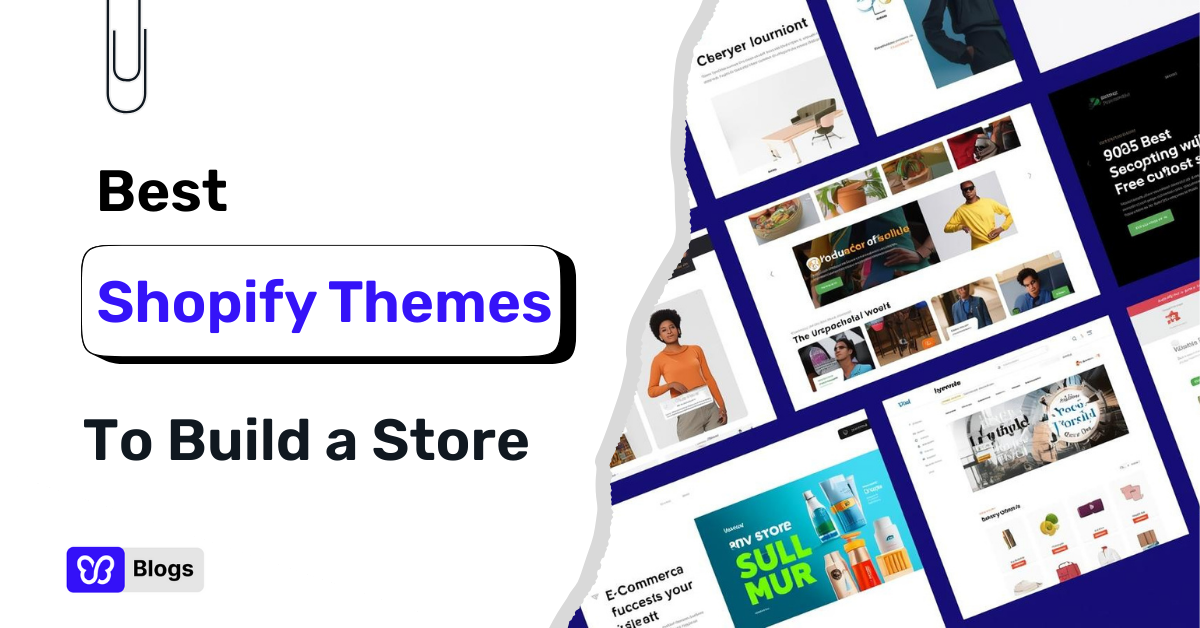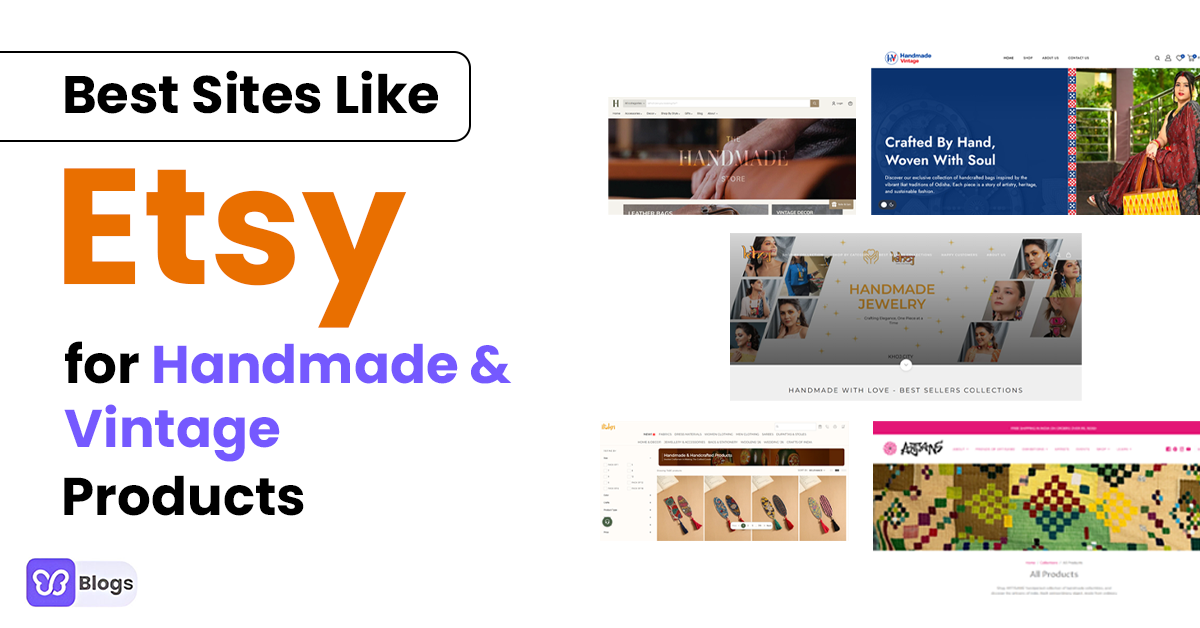It's called Search Engine Optimization for a reason... because you need to optimize your website for better results!
In doing so, you will increase the chances of your website appearing higher on the SERP.
So, here are the different kinds of optimization for your SEO strategy.
1. On-Page SEO
On-page SEO refers to the optimization of your website for SEO. That's why it's called "on-page."
Some aspects of on-page SEO are URLs, title tags, and content.
Exerting effort in optimizing these will help you rank on search engines.
And to help you with that...
A. Use Your Keywords
Surprise!
The keyword research in the previous step is not going to waste.
Because you're going to use the keywords on your ecommerce site to rank on search engines.
This will help search engines determine the relevance of your website to your target keywords.
So, if your target customers search for "affordable makeups" or "makeup techniques for beginners," your ecommerce site can pop up on the SERPs.
But remember, don't just use keywords for the sake of it!
You need to...
B. Be Mindful Of Your Keyword Placements
Keyword stuffing is a no-no!
What does it mean? It's the act of manipulating organic rankings by "stuffing" your targeted keywords everywhere.
And let me tell you... it's a negative factor!
So, if you want to rank higher on the Search Engine Results Page, you need to use your target keywords mindfully.
Now, you're probably asking... where?
You can use them on your titles, meta descriptions, headings, content, ALT text, and URLs.
Let's talk about them.
Your titles are critical because that's one of the very first things your target customers see.

And that's what they're searching for. So to increase your clicks, you can also include your keywords on your titles.
The next one is meta descriptions.
I already talked about what meta description is above. But in case you missed it, the meta description indicates what your web page is about.
Here's an example:
.png)
As you can see, the keywords are there for "best makeup 2022." And it also talks about what you're about to see if you choose to read the page.
Again, you can also include your keywords in meta descriptions. They're helpful!
Another way is to add your keywords to your headings and content.
When I searched for "how to apply makeup for sensitive skin," the first result is from Dermstore.
And we can see that they used the keywords on their headings and the content itself.
.png)
These are some of the factors that helped them rank on SERPs: the mindful use of keywords on their web page, as well as...

Yep, the URL!
The URL accurately describes the content of the web page. Optimize them when publishing your pages.
After using your keywords in the right places, you also have to make sure to...
C. Audit Your Website
Auditing your website is essential to your Search Engine Optimization strategy.
This ensures that you are doing all the things I've mentioned above.
Check if you're optimizing the title tags, meta descriptions, URLs, headings, etc.
You also need to see if you're properly placing and using the keywords.
And there's more...
You also need to see if you're providing visitors with a good user experience on your website!
This will help them navigate your website smoothly and enjoy your content without hassle.
Take note... SEO and UX design work hand in hand!
Picture this...
You optimized every critical part of your website, ranking higher on SERPs.
But the thing is... they're bouncing off your page, and they're not even purchasing anything from your eCommerce store.
It's because you focused on optimizing your website for search engines, not your target customers!
So, if you want to rank higher while making sure the users stay on your eCommerce store and take action... you need to audit your website and check the UX design!
Once you're done with on-page SEO, let's go to...
2. Off-Page SEO
Off-page SEO refers to efforts outside your website that affect your search engine ranking.
Search engines and users are influenced by off-page ranking factors, like trustworthiness and authority of a website.
What are these?
Off-page SEO can include (but is not limited to) link building, content marketing on other platforms or avenues, social media, and reviews.
Let's deep dive and see what you can do.
A. Take Advantage Of Link-Building
When other websites, especially high-ranking ones, link to yours... you can also position your website as an authority.
And as I told you before, this is called "backlinks."
So, you need to have other websites link to yours to increase your authority.
And here's why...
Linking helps search engines discover more websites that are worthy of sharing or citing. Again, this indicates that your website is reliable.
And fret not...
Because later, we'll talk about establishing authority and creating high-quality content for your ecommerce site.
But for now, let's hop on to...
B. Use Online Reviews
Did you know that you can increase your brand's conversion rate by 270% if you use online reviews?
You read that right!
That's why another off-page SEO strategy you can take advantage of is... reviews.
And according to Trustpilot, these reviews can help Google understand your ecommerce site.
So, to even further increase your chances of ranking higher on the SERPs... you need to collect reviews for your eCommerce store.
Speaking of which... stay tuned because something to help you is on its way.
You can collect and manage your reviews efficiently! 😉
But in the meantime, another off-page SEO technique is...
C. Utilize Online Forums
Online forums are probably not new to you. It's a platform that serves as a community for people who share the same concerns.
But who would've thought it's helpful for SEO, too? Let me explain how.
If you remember what I've mentioned above, off-page SEO refers to the relevance and trustworthiness of your eCommerce website.
And online forums can help you build links, especially if the users think your website is relevant.
The community members can also mention your target keywords in their posts.
And the good news is... with the right online forum strategy, you can totally smash this tactic!
To make it even more effective, you also need to optimize your...
3. Technical SEO
Technical SEO is optimizing the technical factors that will affect your website ranking.
If you're wondering what these factors are... some examples are page speed, website security, and the overall responsiveness of your eCommerce website.
Yep, they affect your Ecommerce SEO game!
So, what can you do to make sure you're smashing the technical side of your SEO plan?
A. Increase Your Page Speed
Did you know that website visitors expect your website to load within 3 seconds?
That's fast... right?
But that's because potential customers are usually impatient. And search engines know that.
They know users want the information they need as soon as possible. That's why page speed is also a ranking factor for Google.
In fact, there's even a page speed checker by Google to help you... and that's PageSpeed Insights. This will help you determine the performance of your website.
And to give you more ideas, here are three quick and simple ways to optimize your site speed:
- Compress your high-quality images.
- Remove unnecessary elements.
- Choose a fast-loading eCommerce theme for your store.
These will help you start your site optimization for better results.
Another one is...
B. Secure Your Website
By securing your website, I mean using SSL or Secure Sockets Layer.
What is it?
It's securing an internet connection to protect the data passed around two systems against potential hackers.
This is an essential factor to rank on the Search Engine Results Page. Remember, the search engine wants to show trustworthy websites.
And having an SSL indicates your website is safe. That's why you need an SSL certificate for website security.
To protect your eCommerce store, you can also install Debutify's Shop Protectors Add-Ons!
The next one is...
C. Make Sure Your Website Is Responsive
Imagine this...
You're finally starting to rank higher on the SERPs. More and more people visit your website, BUT they're not taking any action!
Why? Because your ecommerce site is not responsive, and they're just bouncing off your page.
Google has already implied that having a responsive web design helps their algorithm to "assign indexing properties to the page" and "make it easier for users to share and link to your content with a single URL."
This also includes the mobile responsiveness of your website.
And the more responsive your design is, the more people visit and stay on your website.
The best part? Turn them into sales!
Another thing you can do is to check if your ecommerce site is mobile-friendly using Google's Mobile-friendly Test tool!
You see, a responsive design has many benefits aside from SEO.
Make sure to check the responsiveness of your eCommerce website from time to time!
So, after optimizing the ins and outs of your website... it's time to create content that will help you...





.png)
.png)















